I'm based in the UK and have a $4800 budget to replace a lost ring. From another thread I think the CBI diamonds look the way to go. I've made contact with one of the dealers in London and they've offered me the following. Which one would you go for, and do you think they represent fair value? All of the certificates are also below. Many thanks.
0.70ct E-VVS2 at 4,640US$ vat excl – 3,698£ vat excl – 4,437£ vat incl.
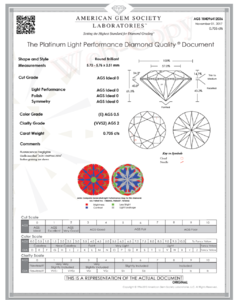
0.70ct E-VS1 at 4,336US$ vat excl – 3,455£ vat excl – 4,146£ vat incl.
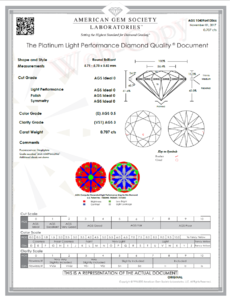
0.70ct D-VS1 at 4,460US$ vat excl – 3,555£ vat excl – 4,265£ vat incl.
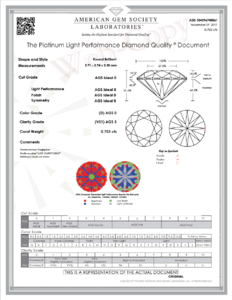
0.77ct G-VS1 at 4,218US$ vat excl – 3,361£ vat excl – 4,033£ vat incl.
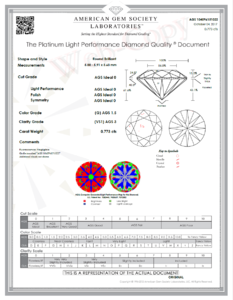
0.70ct E-VVS2 at 4,640US$ vat excl – 3,698£ vat excl – 4,437£ vat incl.

0.70ct E-VS1 at 4,336US$ vat excl – 3,455£ vat excl – 4,146£ vat incl.

0.70ct D-VS1 at 4,460US$ vat excl – 3,555£ vat excl – 4,265£ vat incl.

0.77ct G-VS1 at 4,218US$ vat excl – 3,361£ vat excl – 4,033£ vat incl.



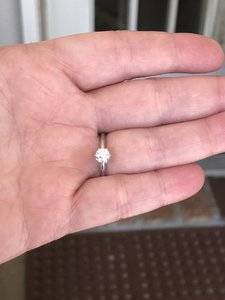
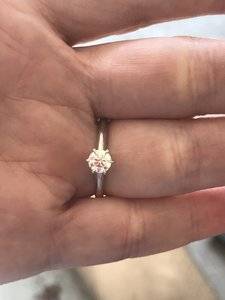
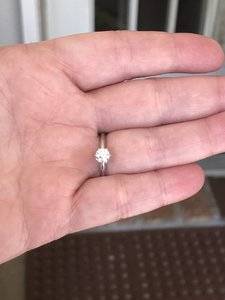
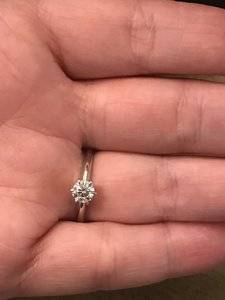
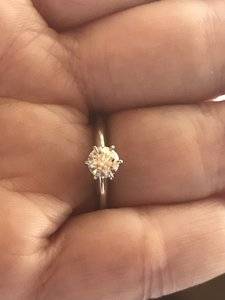
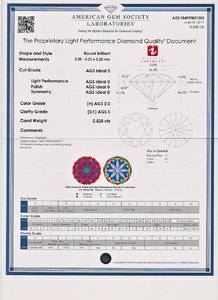
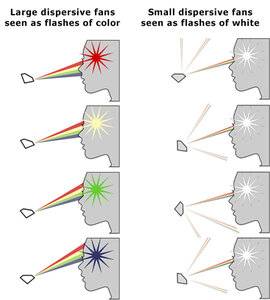
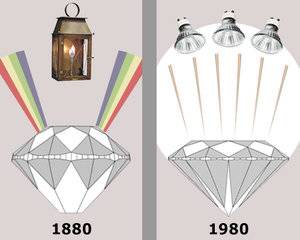
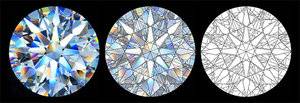
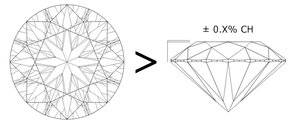


300x240.png)